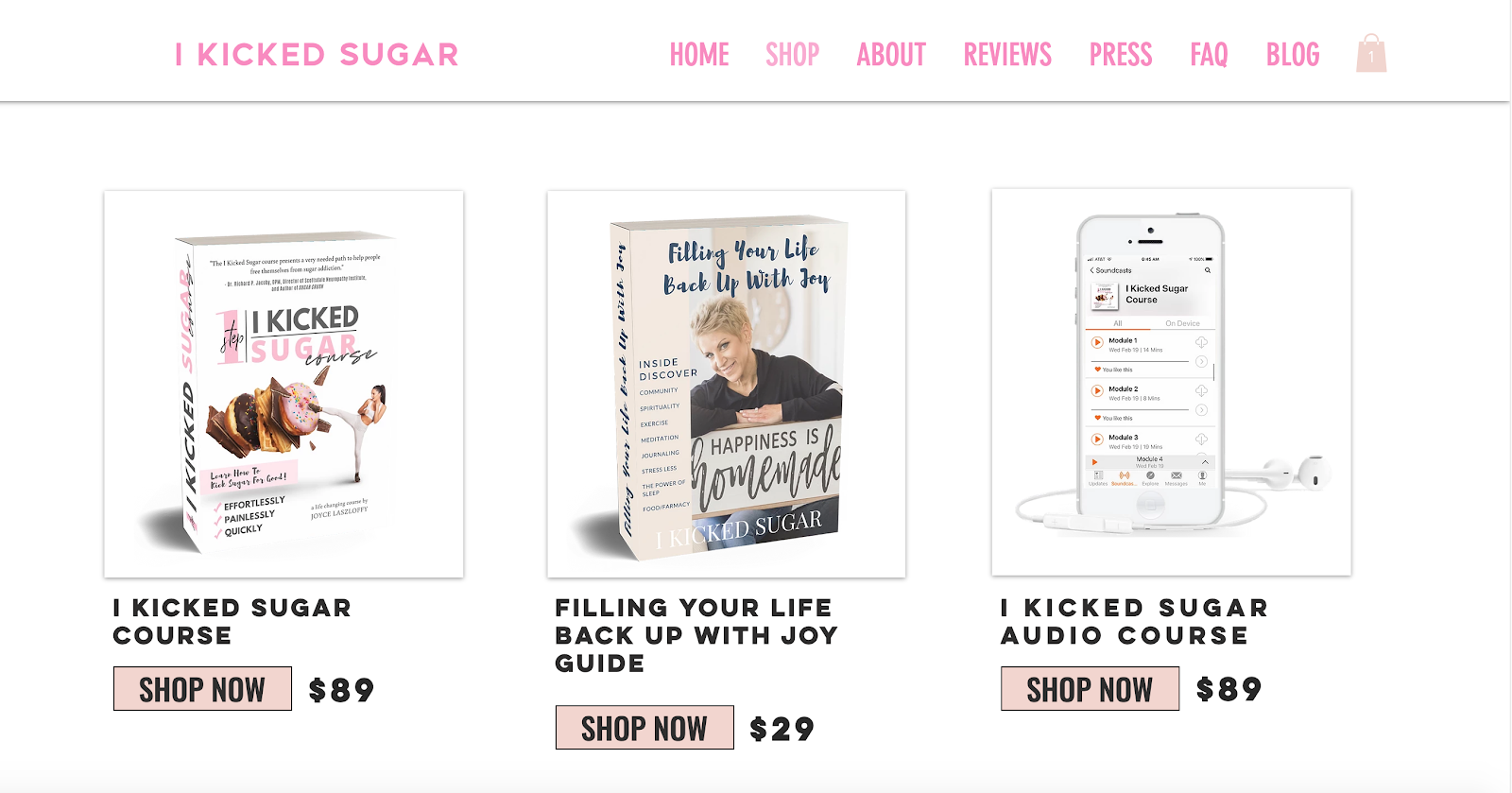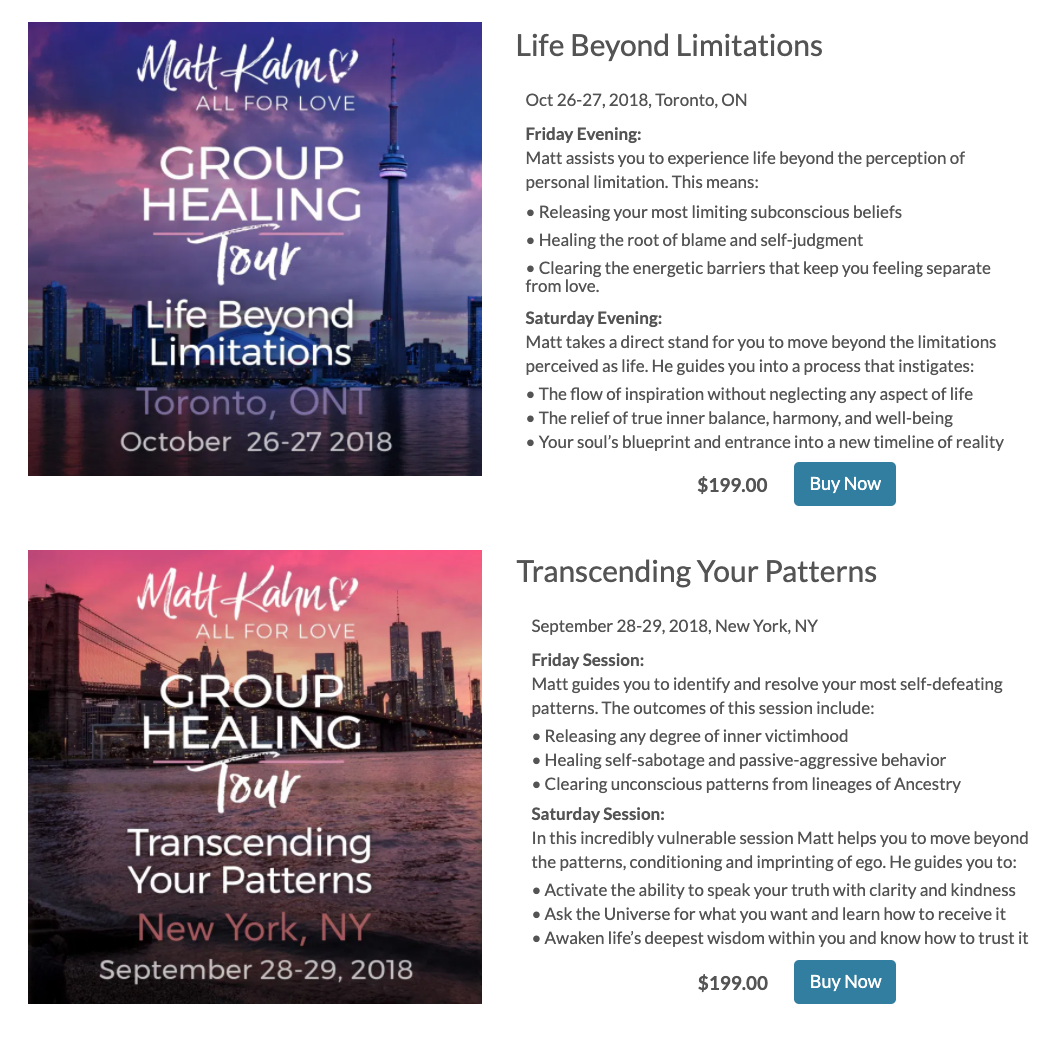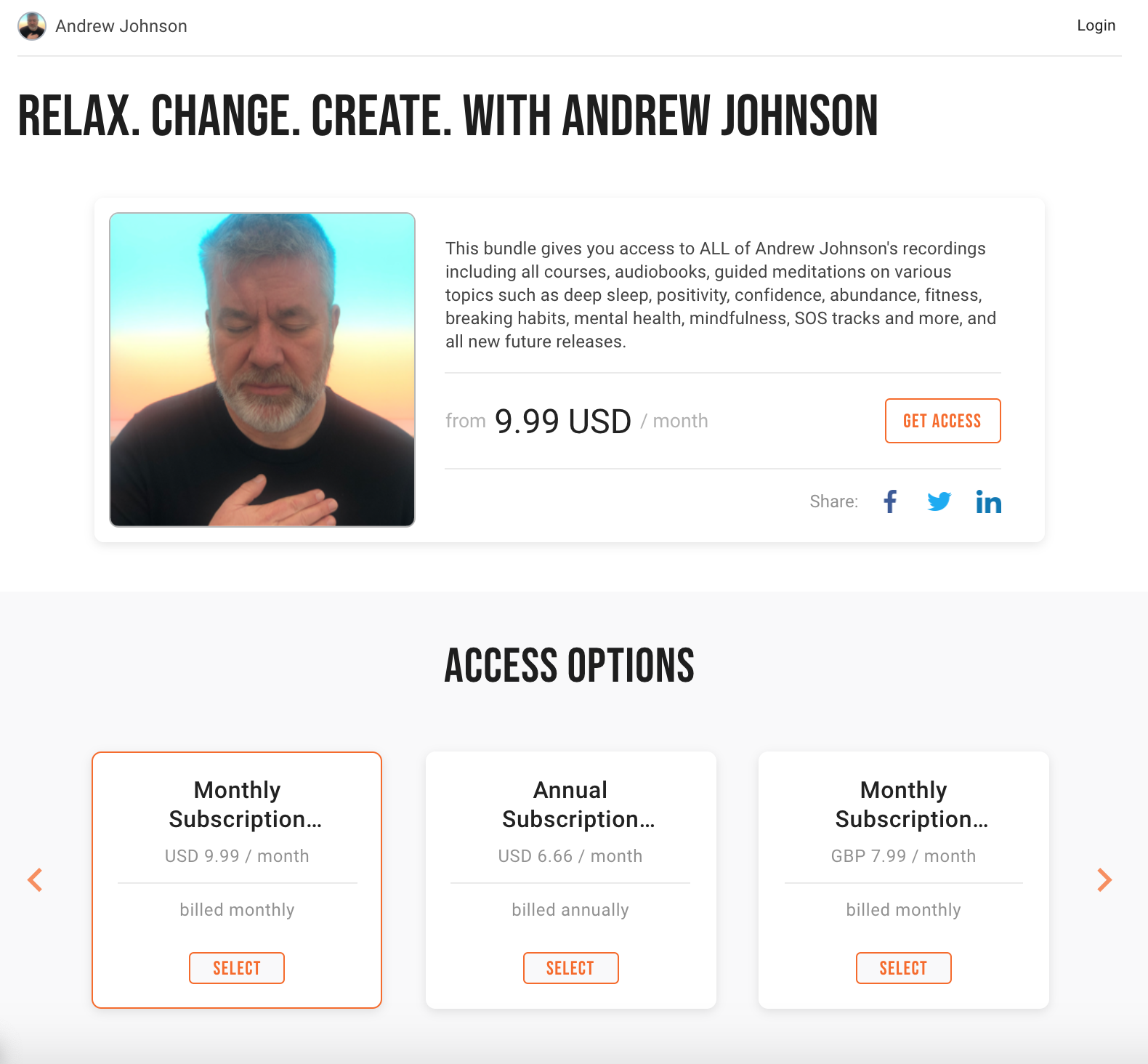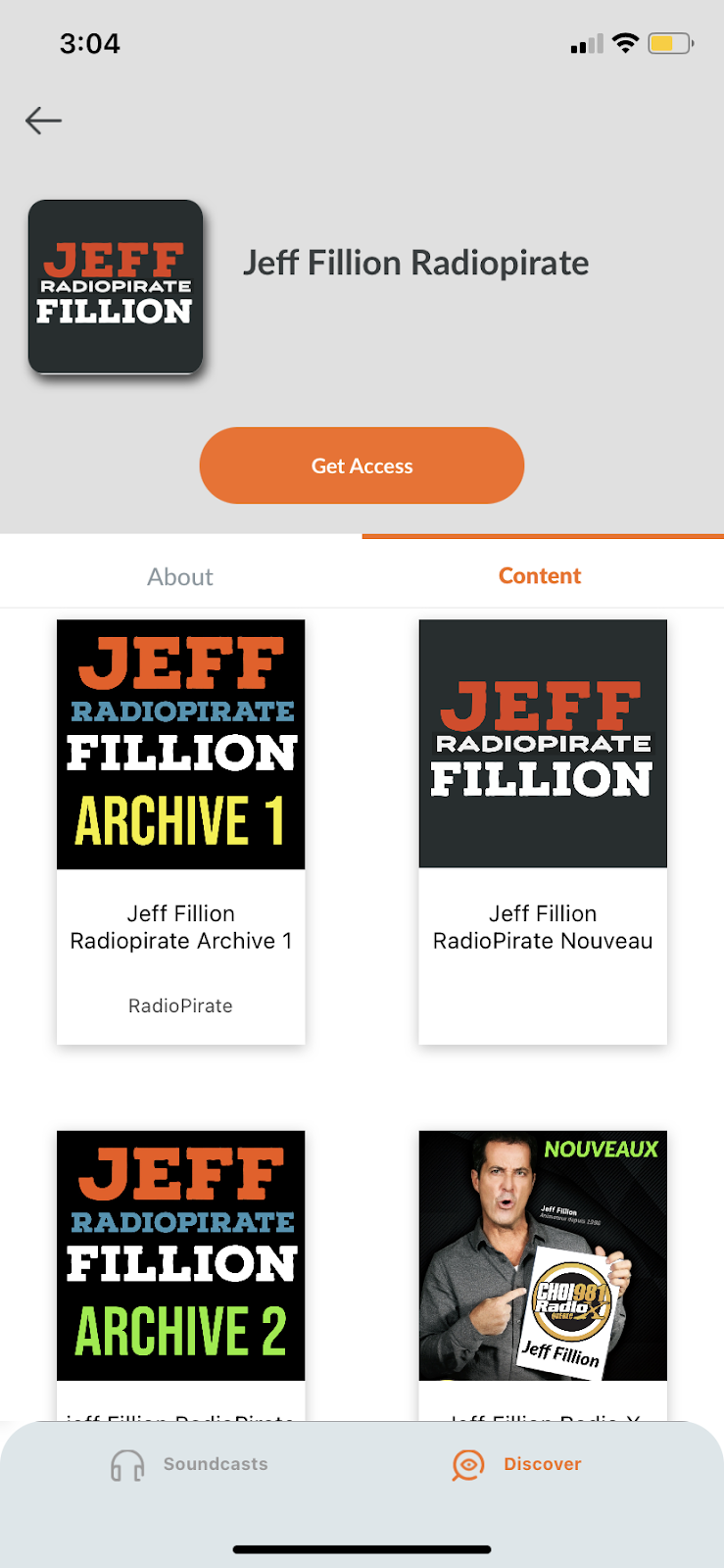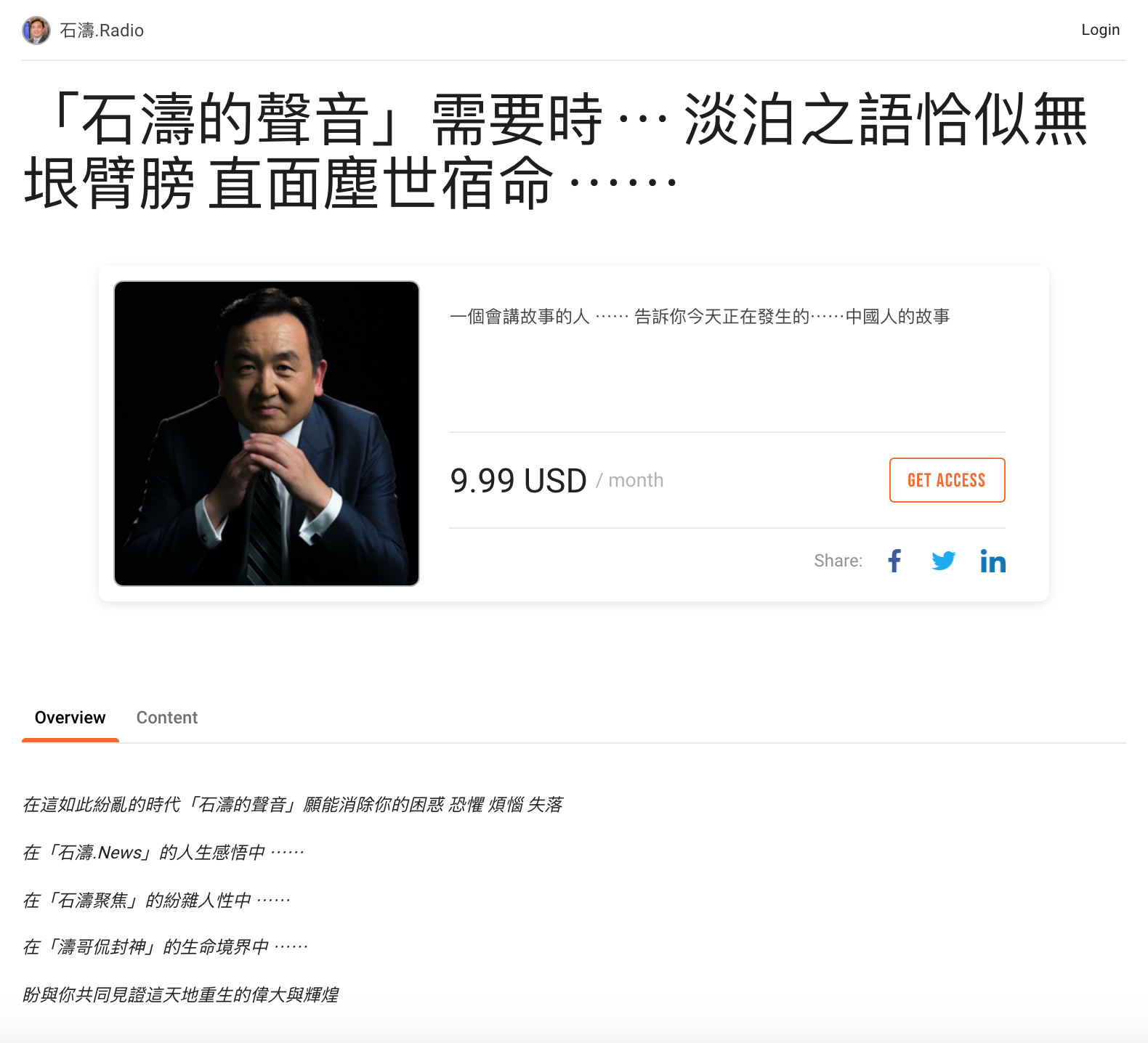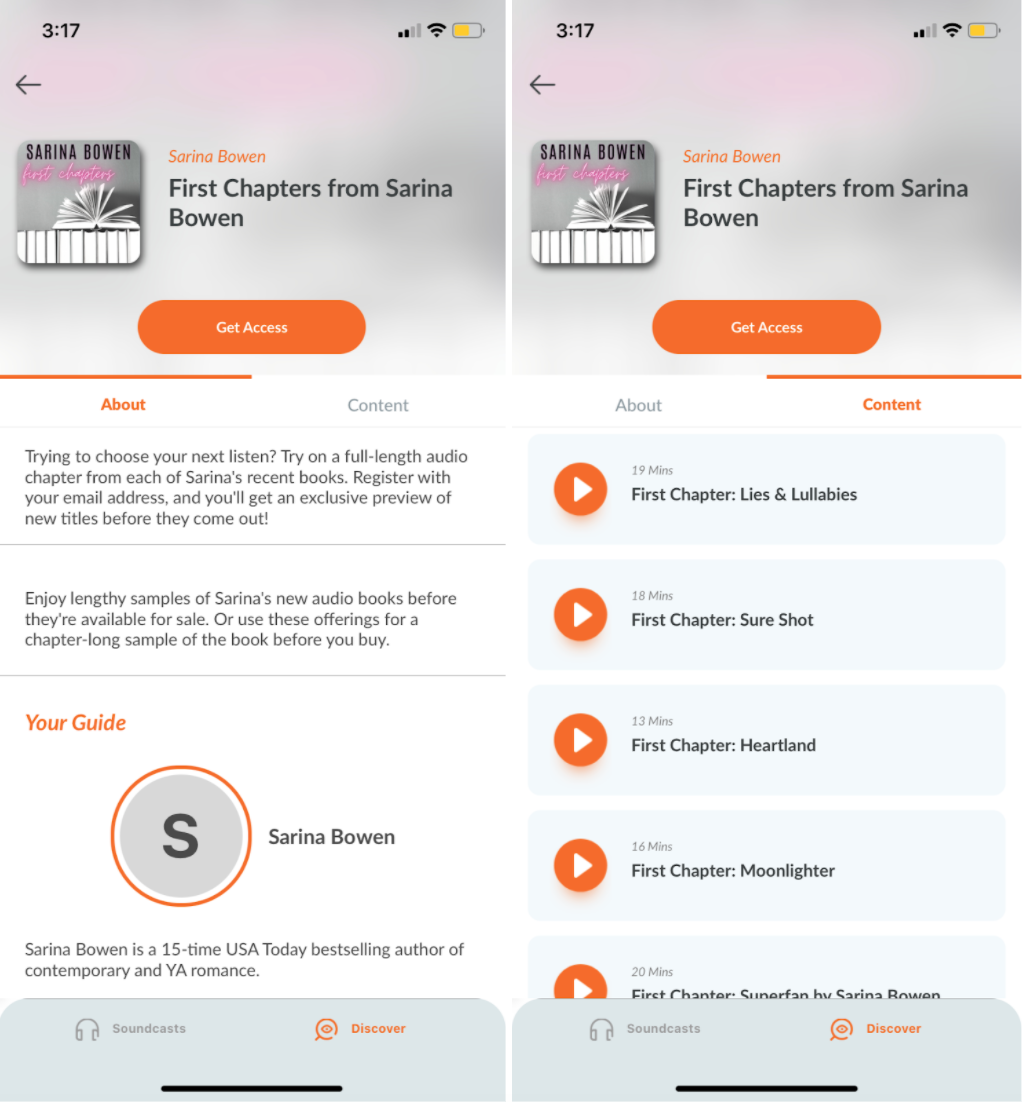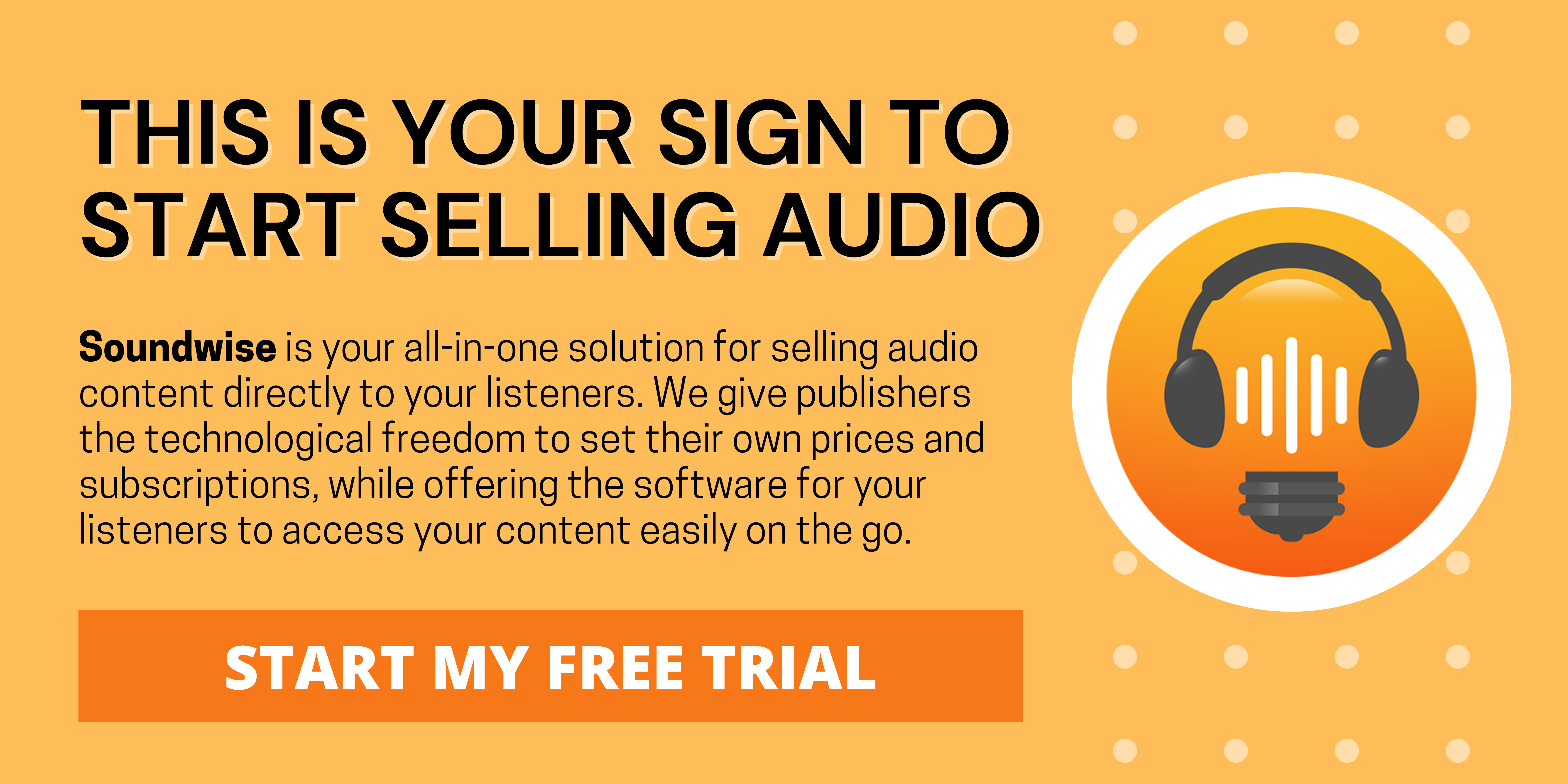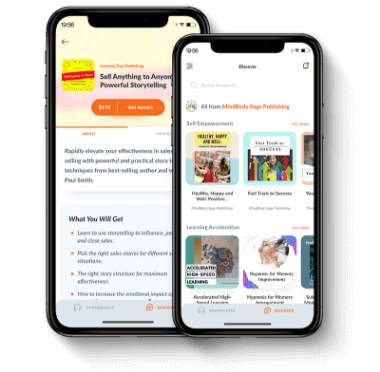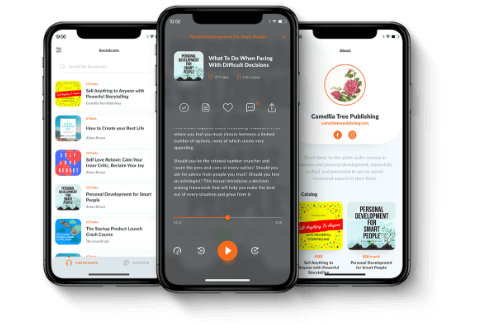This article originally appeared on Entrepreneur.com
If you’re in a content-centric business (e.g. you write books, sell courses, run coaching programs, etc.), it’s worth paying attention to this emerging trend in content monetization – audio.
Audiobooks and podcasts have taken the content publishing world by storm in recent years, and the market’s impressive growth is projected to continue. If you haven’t started monetizing content in audio yet, this article will suggest several great ways to get started, with real-life successful examples for your inspiration. Some of them don’t even require you to create any new content.
But first, why should you create content in audio?
1. It is popular (and getting more so by the day)
For eight years straight, audiobook sales have experienced revenue growth in the double-digits, with sales totaling $1.2 billion in the U.S. last year. Similarly, the podcast market continues to grow – there are now 100 million monthly listeners in the U.S. alone.
Audio content’s rising popularity can largely be attributed to the fact that we’re all living hectic, on-the-go lifestyles. Multitasking is the new norm, and given that the average American adult spends over four hours per day on their smartphone, mobile-friendly audio content is perfectly suited to capture your audience’s attention.
2. The production cost is low
Unlike video, you don’t need makeup, lighting, or an expensive cameraperson to make quality audio. All you need to get started is a decent microphone.
Done professionally, the cost of video production can range from anywhere from $1,500 to $10,000 per minute, as you need to factor in things like equipment, editing, a production crew, and more.
On the other hand, audio production is fairly inexpensive, and even more so if you choose to narrate your audiobook yourself. To start a quality podcast, you can expect to pay around $200 to $500 total for the equipment, editing, and software – a far cry from what it would take to produce video content.
3. The content engagement is high
Because audio content enables people to listen everywhere, consumers don’t need to sit down and carve out time like they do when reading a book or watching a video. Therefore, there are many more opportunities throughout the day for your audience to engage with your content.
One study found that over half of audiobook listeners choose audio content for its convenience, and 41 percent enjoy audiobooks because they can listen when reading is not possible.
Now if you’re considering selling your content in audio format, what are some of the ways to go about it?
1. Sell an audiobook version of your ebook
If you’ve already written and published books, fiction or nonfiction, you can immediately act on this option.
While fiction audiobooks still make up the majority of sales, nonfiction sales remain solid, and are expected to grow by over 25 percent annually in the coming years. So if you’ve already published a nonfiction ebook, there’s never been a better time to convert it to audio.
When nutrition coach Joyce Laszloffy first published her I Kicked Sugar program as an ebook, she made only 80 sales in an entire year. But after converting the same content to an audiobook, she sold 4,000 copies in three months. When promoting her program via Facebook advertising, she found that her audiobook offer stood out and garnered more attention amid a sea of health & fitness ads.
Fiction authors can also boost their success with audio. Children’s story author Fahad Tasleem picked audio as his main content format after getting feedback from parents. He made over $100,000 from his Quantum Chronicles audio series alone last year.
2. Sell your webinar or live event recordings as audio courses
Do you host live workshops, seminars, or webinars regularly? If so, repurposing your live recordings into audio courses may allow you to create an additional income stream without additional work.
Heather Robertson, a weight loss coach, did just that when she created her membership program, “Half Size Me,” which now has close to 1,000 subscribing members. Webinar recordings and various audio recordings are the mainstay of the program because they are convenient to create and easy to consume. Similarly, personal growth teacher Matt Kahn records the talks from his live events and sells them as audio courses.
3. Sell a streaming library as a subscription
For creators who have a large number of existing recordings or record content on a regular basis, take a page from the business model of Audible and Spotify, and consider offering your entire recording library as a streaming subscription. Selling a subscription provides recurring income and predictable revenue. It also gives you the opportunity to build a loyal audience who tune in to your content regularly.
Selling audio streaming subscriptions is not just the specialty of blockbuster platforms. Many independent creators have done it successfully. Renowned meditation teacher Andrew Johnson packaged his life’s work of over 30 meditation albums as a subscription program, and he made over $10,000 on the program’s launch day alone. The ease of access that the audio streaming format provides is a big draw to his program.
Or take author and activist Marianne Williamson for example. Since she gives talks on a weekly basis, she has enough content to offer them as both video and audio subscriptions to fit different customer needs.
4. Sell premium (a.k.a. paid) podcasts
If you have a free podcast that’s attracting a growing number of loyal listeners, consider creating a paid version of it. This option is likely more profitable for independent content creators than selling advertisements.
It takes serious listener volume to make a meaningful profit from ads. If you have 1,000 regular listeners and are publishing a weekly podcast with two 30-second ads per episode, you can expect to make around $144 a month. Additionally, many podcast ad sponsors have minimum download number requirements.
In contrast, if you create a paid podcast that charges $10 per month, and 10 percent of your regular listeners sign up, your monthly revenue would be $1,000.
One thing to note is that the run-of-the-mill interview style podcast may be easy to create, but it’s usually not good enough to be the flagship content of a paid podcast. Creators who run successful premium podcasts tend to share some common traits:
- Have a distinctive point of view
- Offer information or teaching not available elsewhere
- Exist in a well-defined niche that an audience feels passionate about
Controversial radio personality Jeff Fillion, host of the popular RadioPirate premium podcast, is an example of someone who embodies these traits. Love him or hate him, he has a clearly defined voice and set of opinions, and his niche content is in contrast to what you can normally find in most mainstream media – together, these qualities have enabled him to attract a loyal audience who are willing to pay for his podcast.
5. Convert your YouTube channel or blog into a paid audio series
You may be surprised to know that you can actually sell your content that’s already available for free. For example, Canadian vlogger Shitao.Radio sells an audio program with hundreds of subscribers. Many of the episodes in the program are audio versions of videos in his YouTube channel.
Why does this work? Again, audio content’s convenience and ease-of-access is a value added for customers on its own. When watching a YouTube video, you must either be on your computer or keep your phone active in order to view the content. But if you’re streaming audio, you can listen anywhere with ease.
6. Publish free podcasts as lead magnets for your paid content
Given how popular podcasts have become among consumers with high purchasing power, if you’re not using free podcasts as a lead generation tool for your paid content, you’re missing out!
USA Today bestselling novelist Sarina Bowen publishes the First Chapter with Sarina Bowen podcast, which offers free sample chapters from her paid audiobooks. Sales coach Victor Antonio runs the popular Sales Influence podcast, and many of his episodes are snippets from his paid training materials. They help drive listeners to his paid content.
Whether you’re converting your ebook into an audiobook or creating a new premium podcast, there’s no shortage of options when it comes to monetizing your content in audio. By offering your audience an audio option, you not only create another income stream, but also boost the content engagement from your customers, many of whom are craving the intimate and personal listening experience provided by the audio medium. Now that’s a win-win situation!




